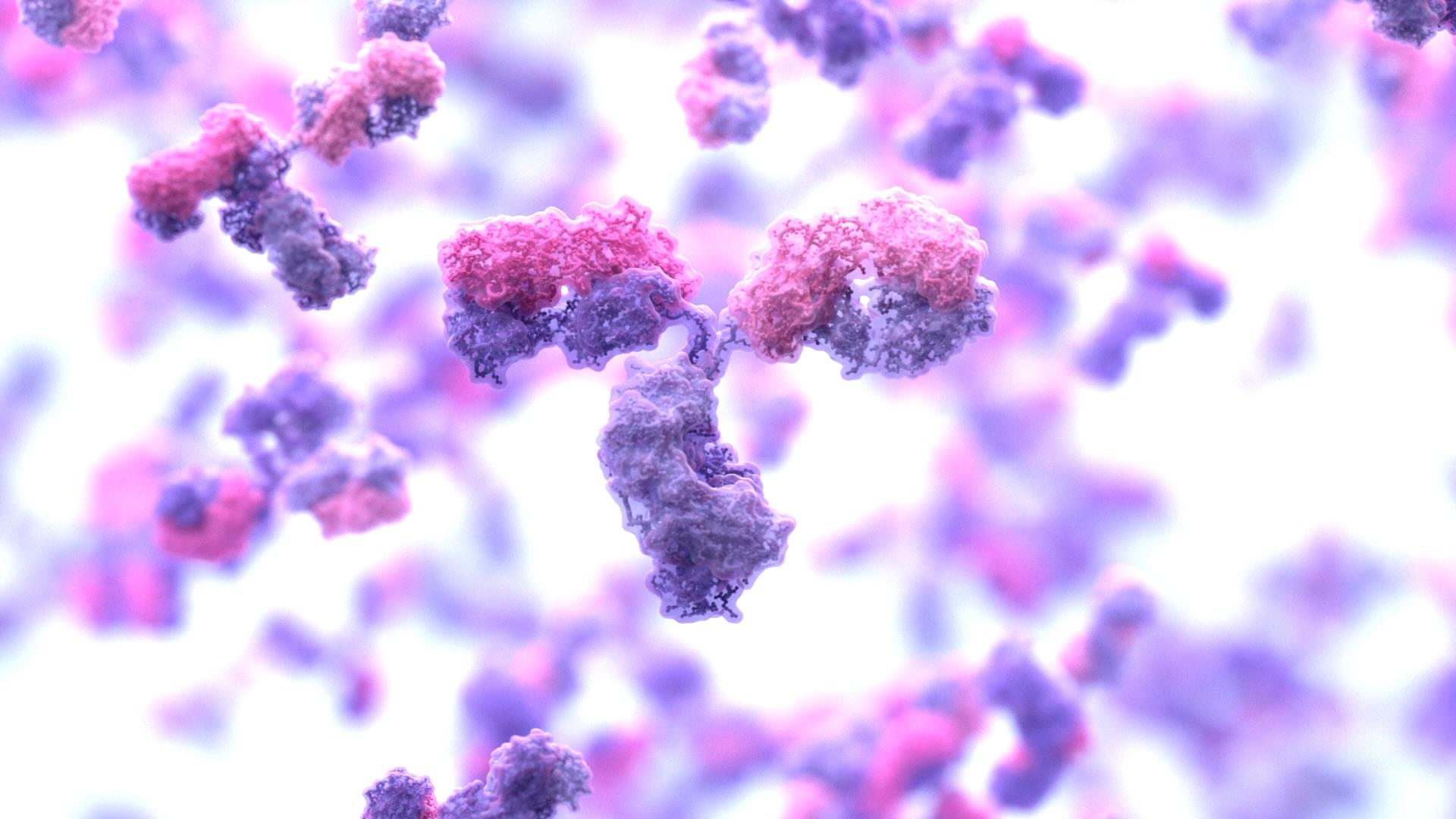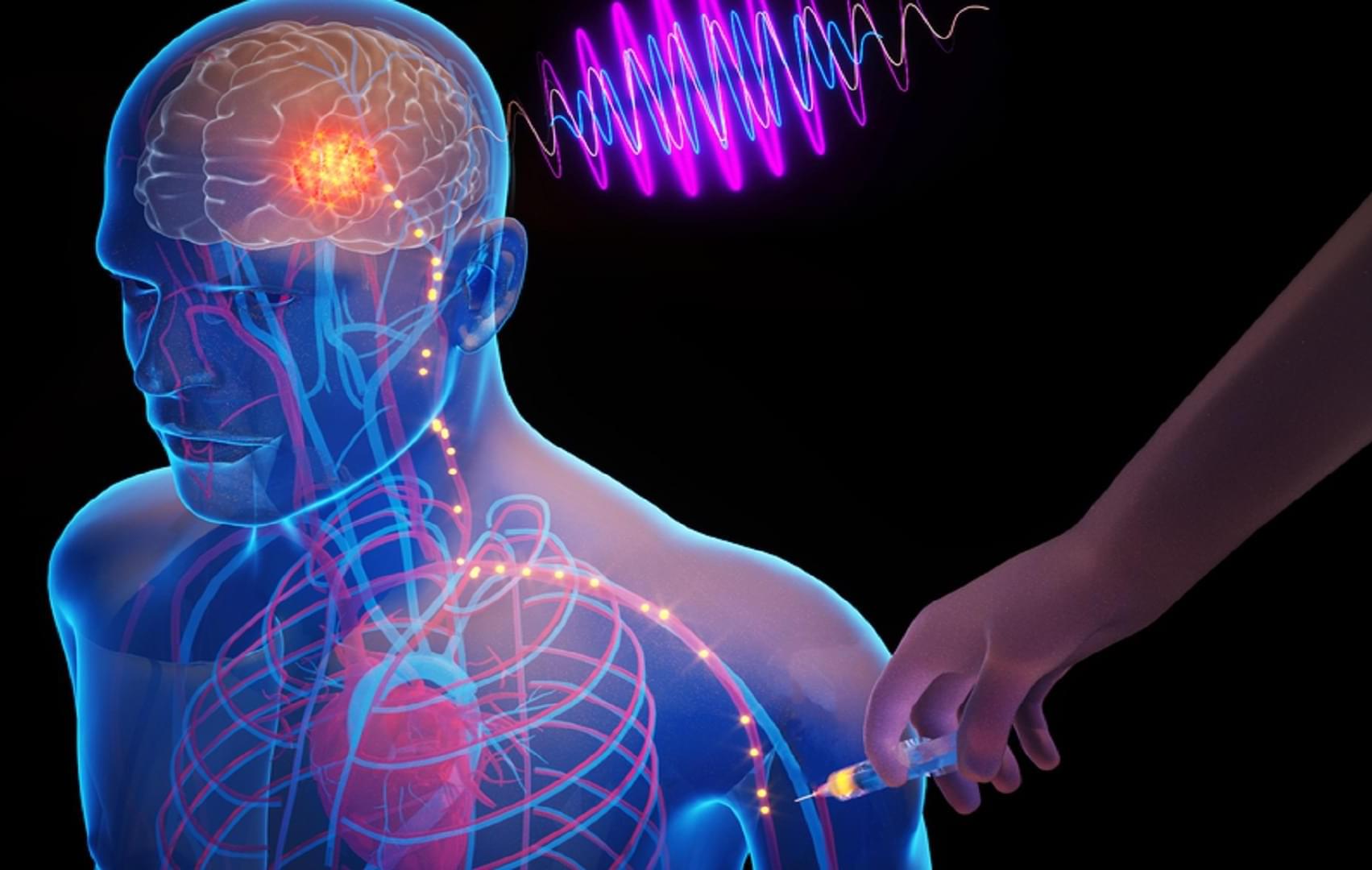To make things better, first prove how good they can possibly be.



Researchers from Nobel Laureate David Baker’s lab and the University of Washington’s Institute for Protein Design (IPD) have used artificial intelligence to design antibodies from scratch — notching another game-changing breakthrough for the scientists and their field of research.
“It was really a grand challenge — a pipe dream,” said Andrew Borst, head of electron microscopy R&D at IPD. Now that they’ve hit the milestone of engineering antibodies that successfully bind to their targets, the research “can go on and it can grow to heights that you can’t imagine right now.”
Borst and his colleagues are publishing their work in the peer-reviewed journal Nature. The development could supercharge the $200 billion antibody drug industry.



A new study has revealed that artificial intelligence can now generate images of real people that are virtually impossible to tell apart from genuine photographs.
Using AI models ChatGPT and DALL·E, a team of researchers from Swansea University, the University of Lincoln and Ariel University in Israel, created highly realistic images of both fictional and famous faces, including celebrities.
They found that participants were unable to reliably distinguish them from authentic photos—even when they were familiar with the person’s appearance.



Researchers are one step closer to understanding how some plants survive without nitrogen. Their work could eventually reduce the need for artificial fertilizer in crops such as wheat, maize, or rice.
“We are one step closer to greener and climate-friendlier food production,” say Kasper Røjkjær Andersen and Simona Radutoiu, both professors of molecular biology at Aarhus University. The findings are published in the journal Nature.
The two researchers led a new study where they discovered an important key to understanding how we can reduce agriculture’s need for artificial fertilizer.

